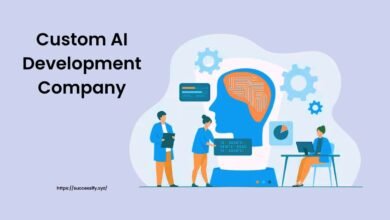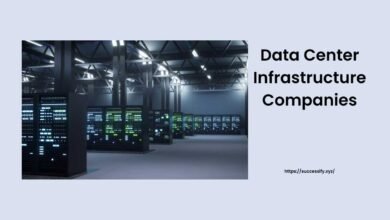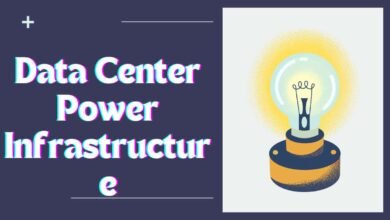Artificial Intelligence and Data Science: The Future of Innovation
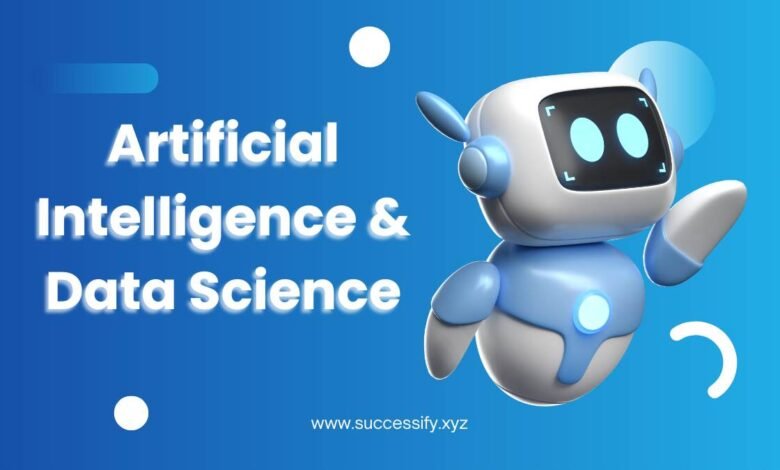
Artificial Intelligence (AI) and Data Science have become buzzwords in almost every industry. From healthcare to finance, these two fields are revolutionizing how businesses operate and how we interact with technology. But what exactly are AI and Data Science, and why are they so crucial in today’s world? In this article, we’ll explore the fundamentals of AI and Data Science, their intersection, and the transformative impact they’re having on society and businesses.
What is Artificial Intelligence (AI)?
Artificial Intelligence refers to the simulation of human intelligence in machines that are programmed to think and act like humans. AI enables machines to perform tasks such as learning, problem-solving, and decision-making—tasks that traditionally require human intervention.
What is Data Science?
Data Science, on the other hand, is the field that involves collecting, processing, analyzing, and interpreting large sets of data to extract valuable insights. It’s a multidisciplinary field that combines statistics, computer science, and domain expertise to make sense of complex data and drive informed decision-making. Data Science plays a critical role in understanding trends, making predictions, and optimizing processes across various industries.
The Evolution of Artificial Intelligence Data Science
The concept of AI dates back to the mid-20th century when mathematicians and computer scientists began exploring the idea of creating machines that could mimic human intelligence.
Key Milestones in AI Development
Over the decades, AI has experienced several key milestones. In the 1980s, the advent of expert systems—programs designed to mimic the decision-making abilities of human experts—marked a significant breakthrough. The 1990s saw the rise of machine learning, a subfield of AI that allows machines to learn from data without explicit programming. In recent years, AI has reached new heights with the development of deep learning, natural language processing (NLP), and reinforcement learning.
Current State of AI TechnologyScience
Today, AI is more advanced than ever. AI systems can perform tasks ranging from speech recognition and image processing to autonomous driving and real-time language translation. The combination of powerful computing resources, big data, and sophisticated algorithms has made AI an integral part of our daily lives.
MUST VISIT: EARN MINGLE
Defining Data Science: Artificial Intelligence and Data Science
Information Science is the investigation of information to extricate significant experiences and information. It includes different cycles, including information assortment, information cleaning, information examination, and information perception. Data scientists use statistical methods, machine learning algorithms, and domain expertise to analyze large datasets and draw conclusions that inform decision-making.
The Intersection of AI and Data Science
The Role of Big Data in AI: Artificial Intelligence and Data Science
Big Data plays a crucial role in AI. Man-made intelligence calculations require a lot of information to learn and make precise expectations. The more information artificial intelligence frameworks have, the better they perform. Big Data provides the raw material for AI, allowing it to process vast amounts of information and generate valuable insights.
AI and Data Science in Healthcare
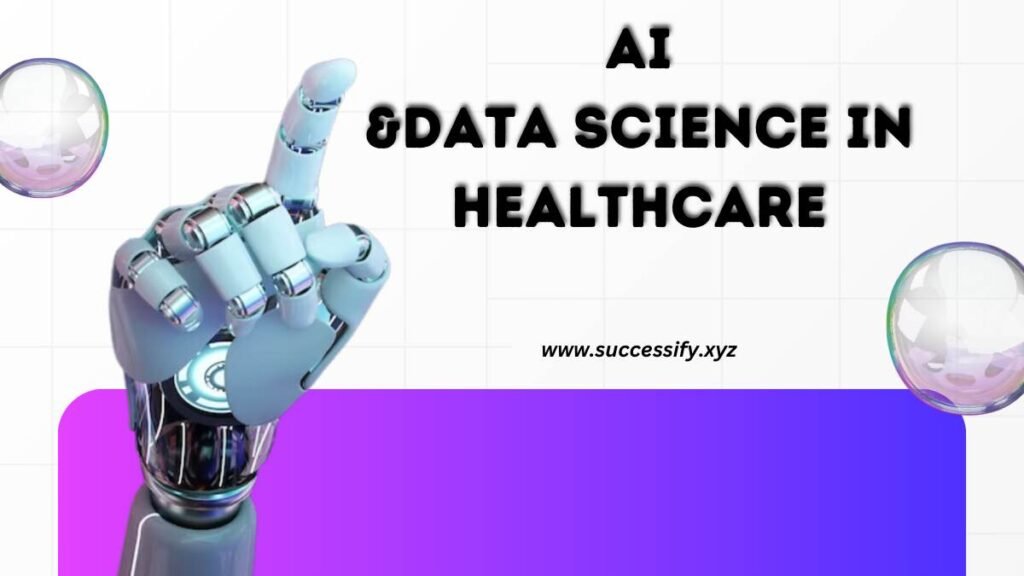
In healthcare, AI and Data Science are transforming patient care and medical research. AI-powered diagnostic tools can analyze medical images, detect diseases early, and recommend personalized treatment plans. Data Science is used to analyze patient data, identify risk factors, and predict disease outbreaks. Together, AI and Data Science are improving the accuracy of diagnoses, optimizing treatment outcomes, and reducing healthcare costs.
AI and Data Science in Finance
The finance industry has been quick to adopt AI and . AI calculations are utilized to identify deceitful exchanges, mechanize exchanging, and give customized monetary guidance. institutions analyze market trends, assess credit risk, and optimize investment strategies. By leveraging AI and, the finance industry can make more informed decisions, reduce risk, and enhance customer experiences.
AI and Data Science in Marketing
In marketing, AI and Data Science are revolutionizing how companies interact with customers. AI-driven chatbots provide instant customer support, while data analytics tools help marketers understand consumer behavior and preferences. Predictive analytics, powered by AI and Data Science, enables marketers to forecast trends, optimize campaigns, and deliver personalized content to target audiences.
AI and Data Science in Transportation
The transportation industry is also benefiting from AI and Data Science. Autonomous vehicles, powered by AI, are set to revolutionize the way we travel. Data Science is used to analyze traffic patterns, optimize routes, and reduce fuel consumption. AI-powered logistics systems help companies manage supply chains more efficiently, reducing delivery times and costs.
Impact on Society
Positive Impacts of AI and Data Science
AI and Data Science have brought about numerous positive changes. They have improved healthcare outcomes, made financial services more accessible, and enhanced the efficiency of various industries. AI-driven innovations, such as self-driving cars and smart home devices, are making our lives more convenient and safer.
Ethical Concerns Surrounding
However, the rise of AI and Data Science has also raised ethical concerns. Issues such as data privacy, algorithmic bias, and the potential loss of jobs due to automation are significant challenges that need to be addressed. As AI systems become more autonomous, ensuring that they operate fairly and transparently is crucial.
The Future of Work in an AI-Driven World
As AI and automation technologies continue to advance, some jobs may become obsolete, while new roles will emerge. Preparing the workforce for these changes through education and training is essential to ensure that people can adapt to the new job landscape.
AI and Data Science in Business
How Businesses Leverage AI and Data Science for Growth
Companies use AI and to optimize operations, improve customer experiences, and drive innovation. By analyzing customer data, businesses can create personalized marketing strategies, predict market trends, and develop new products that meet consumer needs.
Case Studies of Successful
Several companies have successfully implemented AI and to achieve remarkable results. For example, Amazon uses AI to recommend products to customers based on their browsing history and purchase patterns. Netflix leverages AI algorithms to personalize content recommendations, keeping users engaged. These case studies demonstrate the transformative power of AI and in business.
Challenges Faced by Businesses in Adopting AI and Data Science
Despite the benefits, adopting AI and is not without challenges. Businesses often face difficulties in integrating AI systems with existing infrastructure, managing data quality, and addressing ethical concerns. Additionally, there is a shortage of skilled professionals who can develop and manage AI and solutions. Overcoming these challenges requires a strategic approach and investment in education and training.
AI and Data Science Tools and Technologies
Popular Tools Used in AI and Data Science
Some of the most popular tools used in AI and include Python, R, TensorFlow, and Apache Spark. These tools provide the necessary frameworks and libraries to develop AI models, analyze data, and create visualizations.
Programming Languages
Python is the most widely used programming language in AI and due to its simplicity and extensive libraries. R is another popular language, especially for statistical analysis and data visualization. Other languages, such as Java and Julia, are also used in specific AI and applications.
AI and Data Science Frameworks and Platforms
There are several frameworks and platforms that facilitate AI TensorFlow and PyTorch are popular deep learning frameworks, while Apache Hadoop and Spark are used for big data processing. Cloud platforms like AWS, Google Cloud, and Microsoft Azure provide scalable infrastructure for AI and projects.
Future Trends in AI and Data Science
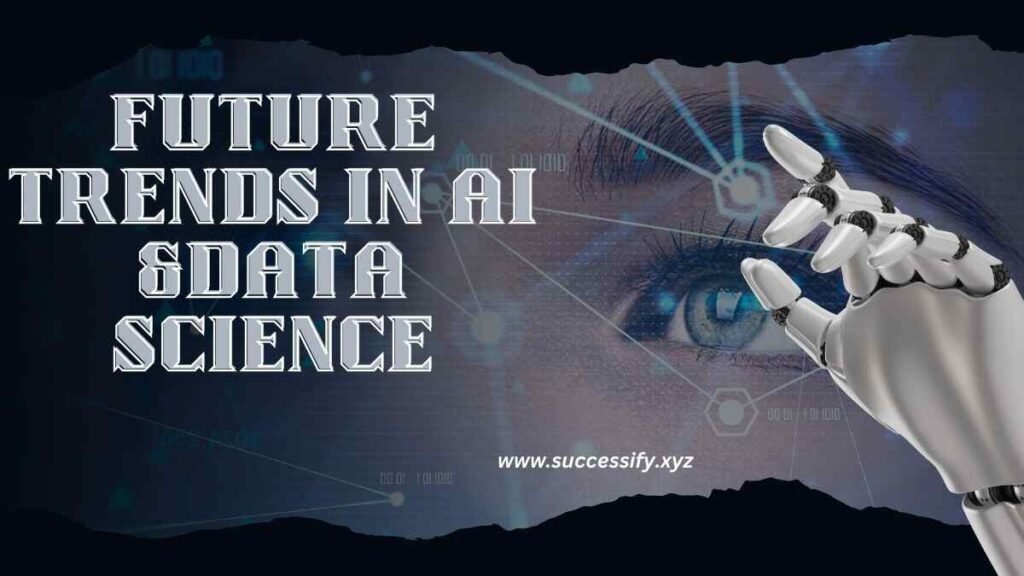
Predictive Analytics and AI: Artificial Intelligence and Data Science
Predictive analytics is one of the most promising areas in AI and By analyzing historical data, AI can predict future outcomes with high accuracy. This has applications in various fields, from finance to healthcare, where predicting trends and outcomes can lead to better decision-making.
The Rise of Automated Machine Learning (AutoML)
Automated Machine Learning (AutoML) is another emerging trend. AutoML simplifies the process of developing machine learning models by automating tasks such as feature selection, model selection, and hyperparameter tuning. This allows data scientists to focus on more complex problems and accelerates the deployment of AI solutions.
AI and Data Science in the Era of Quantum Computing: Artificial Intelligence and Data Science
Quantum computing has the potential to revolutionize AI and Data Science. Quantum computers can process vast amounts of data at unprecedented speeds, making them ideal for solving complex problems in AI and Data Science. As quantum computing technology matures, it could unlock new possibilities for AI-driven innovation.
Conclusion
In conclusion, Artificial Intelligence and Data Science are at the forefront of technological innovation. They are transforming industries, improving lives, and shaping the future of work. As AI and Data Science continue to evolve, they will bring new challenges and opportunities. Embracing these technologies and addressing their ethical implications will be key to harnessing their full potential. The future is bright for AI and Data Science, and their impact will be felt across every aspect of society.
READ MORE: eBay Affiliate Network


